Submitted by WA Contents
Seoul Biennale of Architecture And Urbanism 2021 will be held physically from September to October
Korea, South Architecture News - Jun 18, 2021 - 13:16 6145 views
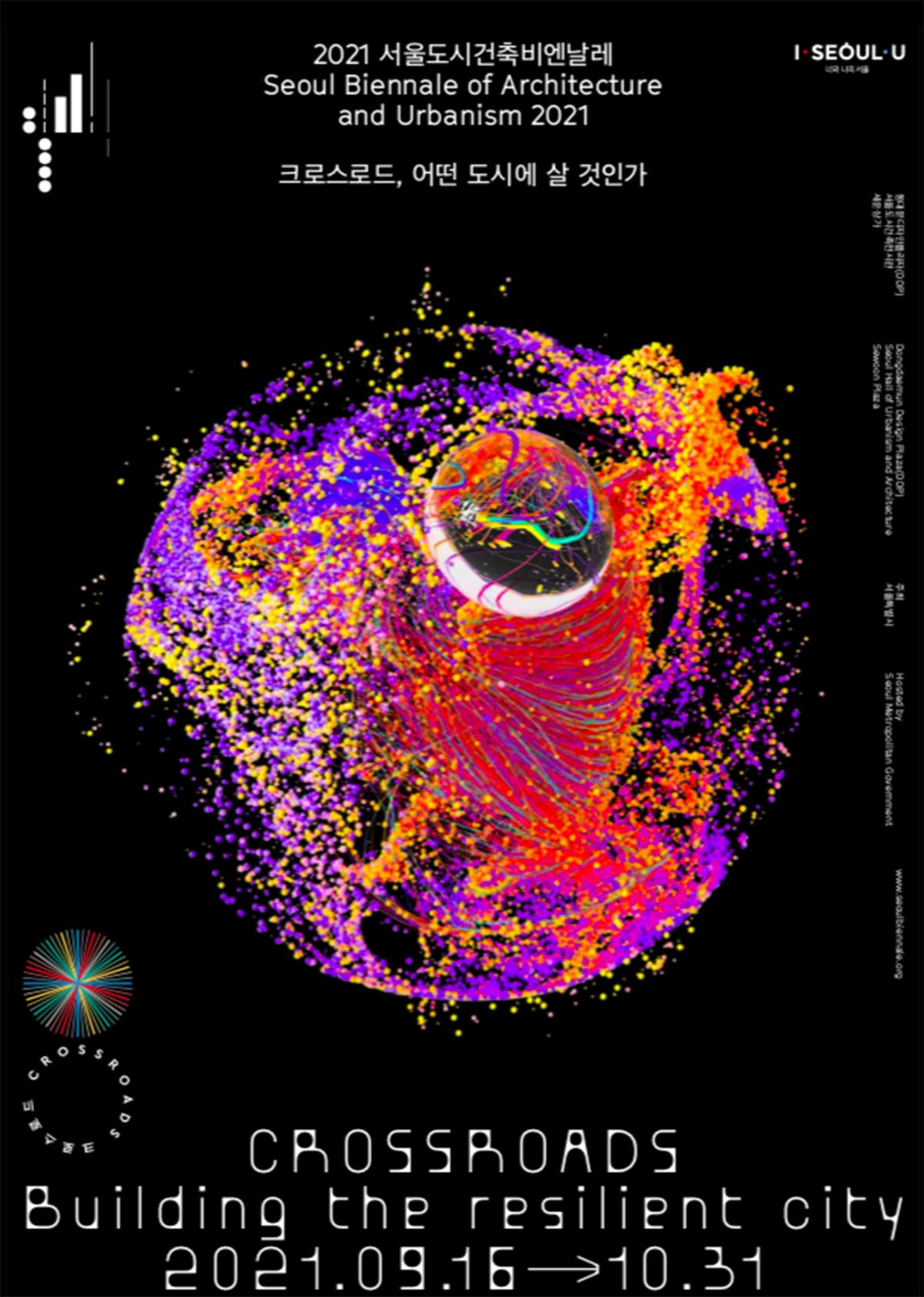
The organizing committee of Seoul Biennale of Architecture And Urbanism has announced that the Seoul Biennale of Architecture And Urbanism 2021 (SBAU2021) will be held physically in Seoul from September 16th to October 31st, 2021.
Directed by French architect and urban planner Dominique Perrault, founder and principal of Dominique Perrault Architecture, the Biennale's theme is "CROSSROADS Building the Resilient City" which aims to offer a platform for exchange, discovery and enhancement of projects and research that question the city of today and tomorrow.
Previously, Dominique Perrault exclusively spoke to WAC about the Seoul Biennale of Architecture And Urbanism as part of WAC's live interview series, watch WAC's interview with Dominique Perrault on our Instagram page.
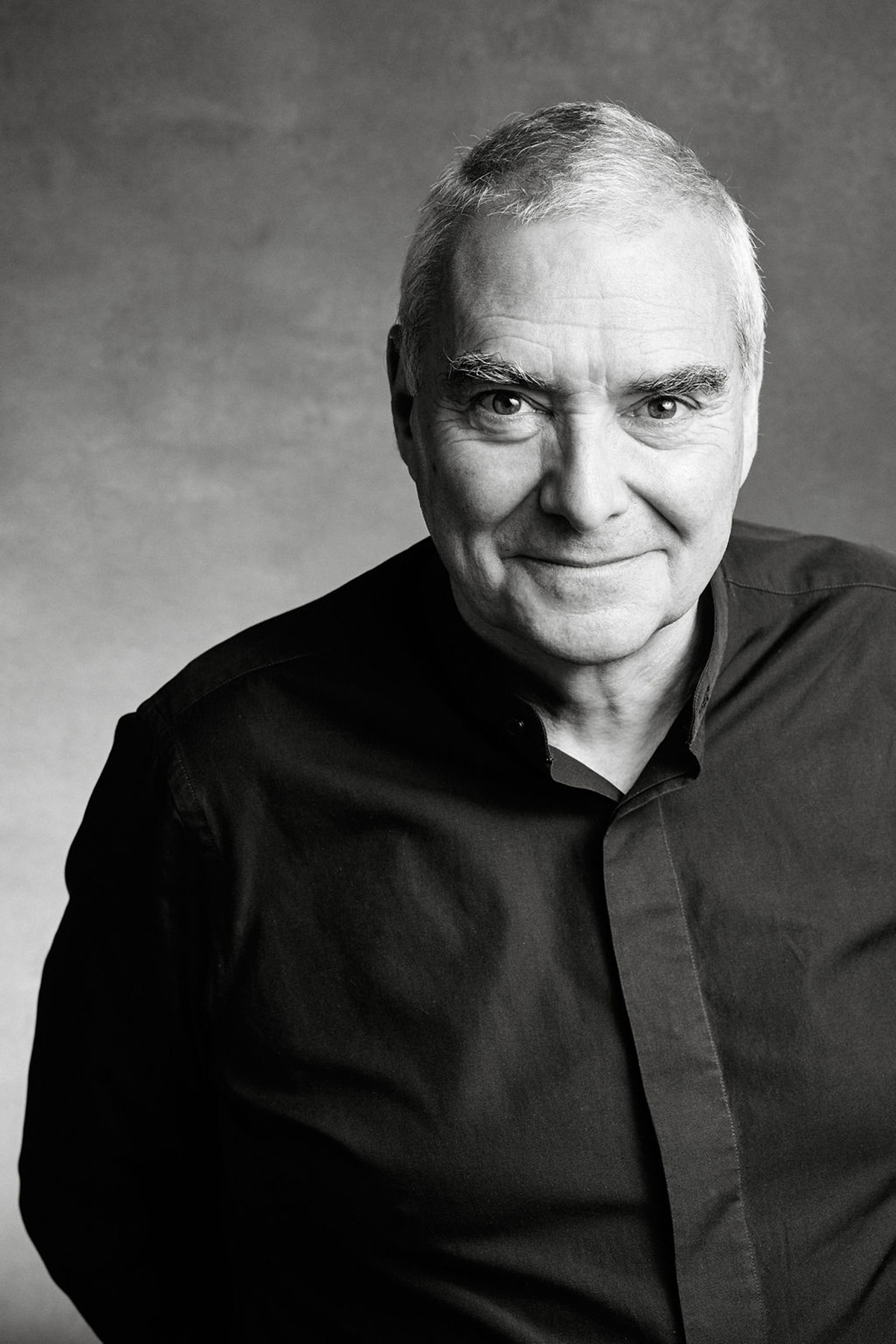
Dominique Perrault. Image © Enrique Pardo
Seoul, with nearly 10 million inhabitants, is one of the most representative examples of major contemporary metropolises and therefore is particularly relevant to host this international event, which is focused on the evolution of cities and metropolises around the world. In this regard, the Biennale claims a strong link between architecture and urban planning.
"CROSSROADS Building the Resilient City" will continue its exploration of the world's cities. While some 50 cities were represented in 2017, then 85 in 2019, Seoul would like to welcome, in 2021, contributions from more than a hundred cities from the five continents.
The Biennale will attempt to respond to the complexity of the relationships that shape our cities and to the key time that humanity is currently facing by drafting a manifesto for a more sustainable city.
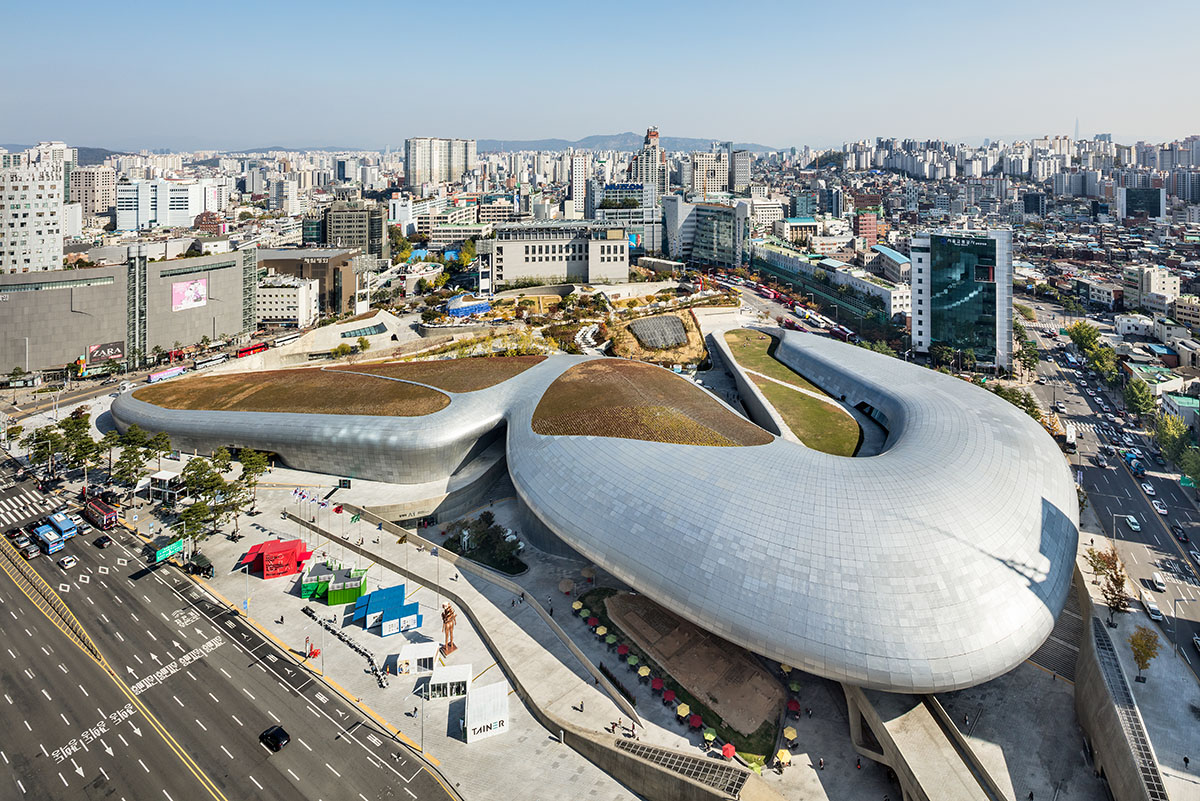
Seoul Biennale of Architecture and Urbanism 2021 will hold its main exhibition at Gongdaemun Design Plaza (DDP). Image © Kyungsub Shin Studio.
The third edition of the Seoul Biennale of Architecture and Urbanism is one of the first architectural events produced in the context of a pandemic that profoundly challenges the functioning of our modern, technological civilization. These transformations will certainly have an impact on the way we organize our living spaces, perhaps in favor of more hybrid, even a-programmatic architectures. This crisis is probably the harbinger of the end of the much-criticized "form follows function” leitmotiv of modern architecture.
"Cities, at the heart of global issues, are facing unprecedented challenges: sanitary risks, climate change, industrial decline, technological competitiveness, and management of migration flows," said Dominique Perrault.
"The Seoul Biennale offers the public a platform for exchanging and discovering experiences and projects carried out in more than a hundred cities and metropolises around the world. This is why I thought it was right to place this edition under the sign of resilience," he added.
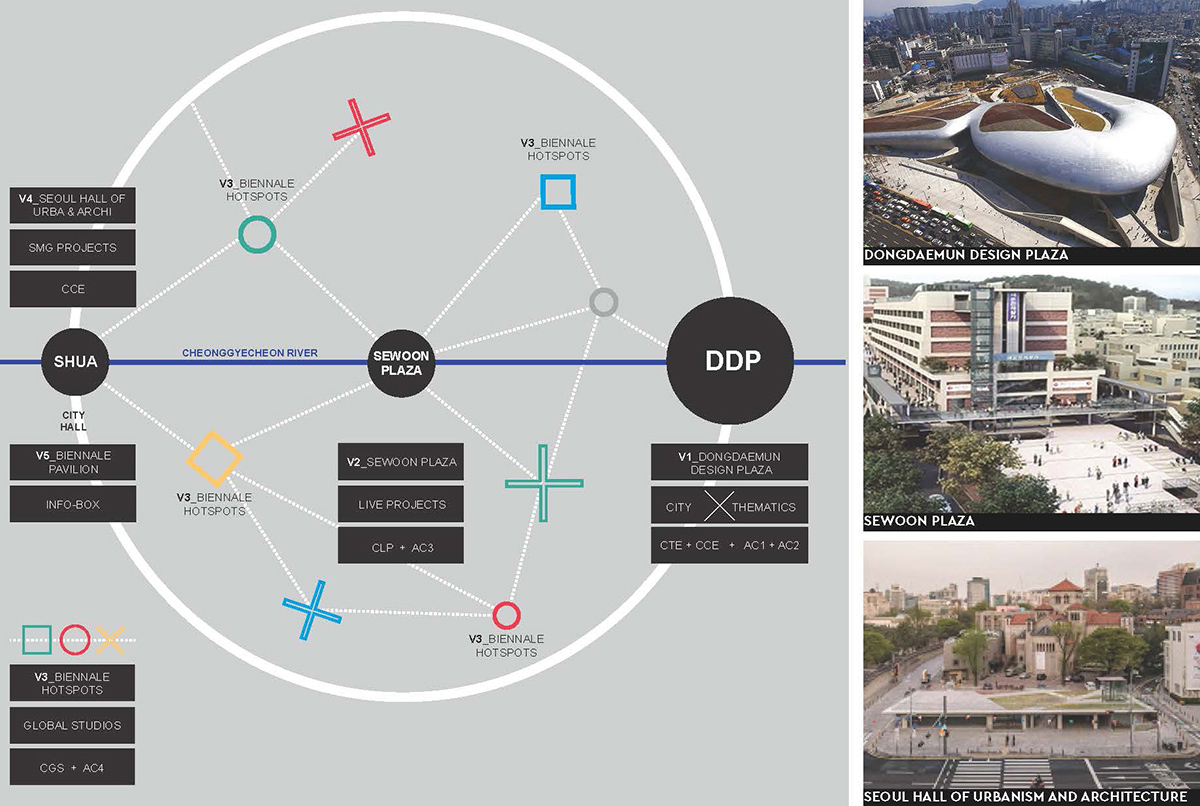
Venues. Image © Seoul Biennale of Architecture and Urbanism 2021
"The Biennial continues its exploration of cities through architecture, urban planning, art and design, by highlighting the virtues of dialogue and the crossroads of knowledge, to open up, through a series of exhibitions and events, a thinking in action on the city of the future," Perrault added.
"The concept of urban resilience derives from the concept of ecological resilience, defined by the Canadian ecologist C.S. Holling. Literally, it refers to the ability to regain a balance after a disruption, to overcome an ordeal by adapting to limit its impact. With resilience, we abandon the illusion of zero risk to focus on reducing vulnerability and making the city more robust more robust against unexpected situations. Resilience, applied to the city, makes it possible to deal with uncertainty and obsolescence."
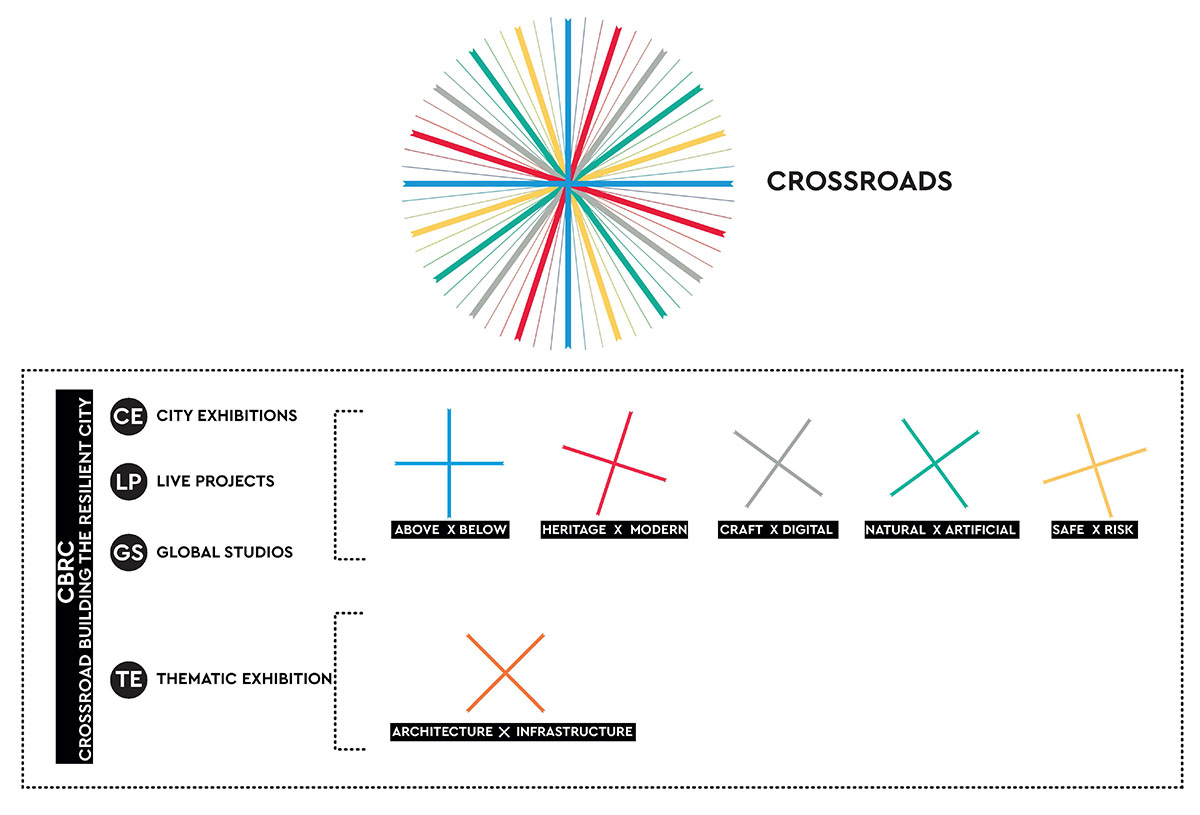
Exhibitions. Image © Seoul Biennale of Architecture and Urbanism 2021
"It is urgent to go beyond a standardized vision of the city, to discover its unknown areas"
In his curatorial statement, Dominique Perrault emphasized the importance of unknown areas within a city, the Biennale's theme intends to reframe this attempt going beyond "a standardized vision of the city."
With the Biennale, the architect aims to set up an important dialogue, a cross-fertilization of expertise and approaches to be able to create "a nourishing ground for architectural design and urban planning, a space for the fertilization of new territories."
"It is also a necessary condition for sustainability, a process that leads to a reconnection with the environment, a new urban ideal, conceived as a complex, flexible and agile system. What kind of expertise, resources and tools do we have to resilience through architecture?," the architect added.
The architect added that "it is urgent to go beyond a standardized vision of the city, to discover its unknown areas, and to bring together places that have not been in communication with each other."
"The current context forces us to rethink the city and architecture, by creating new links and combinations to enable urban planners, architects, developers, builders and inhabitants, to work together toward the creation of a more sustainable city."
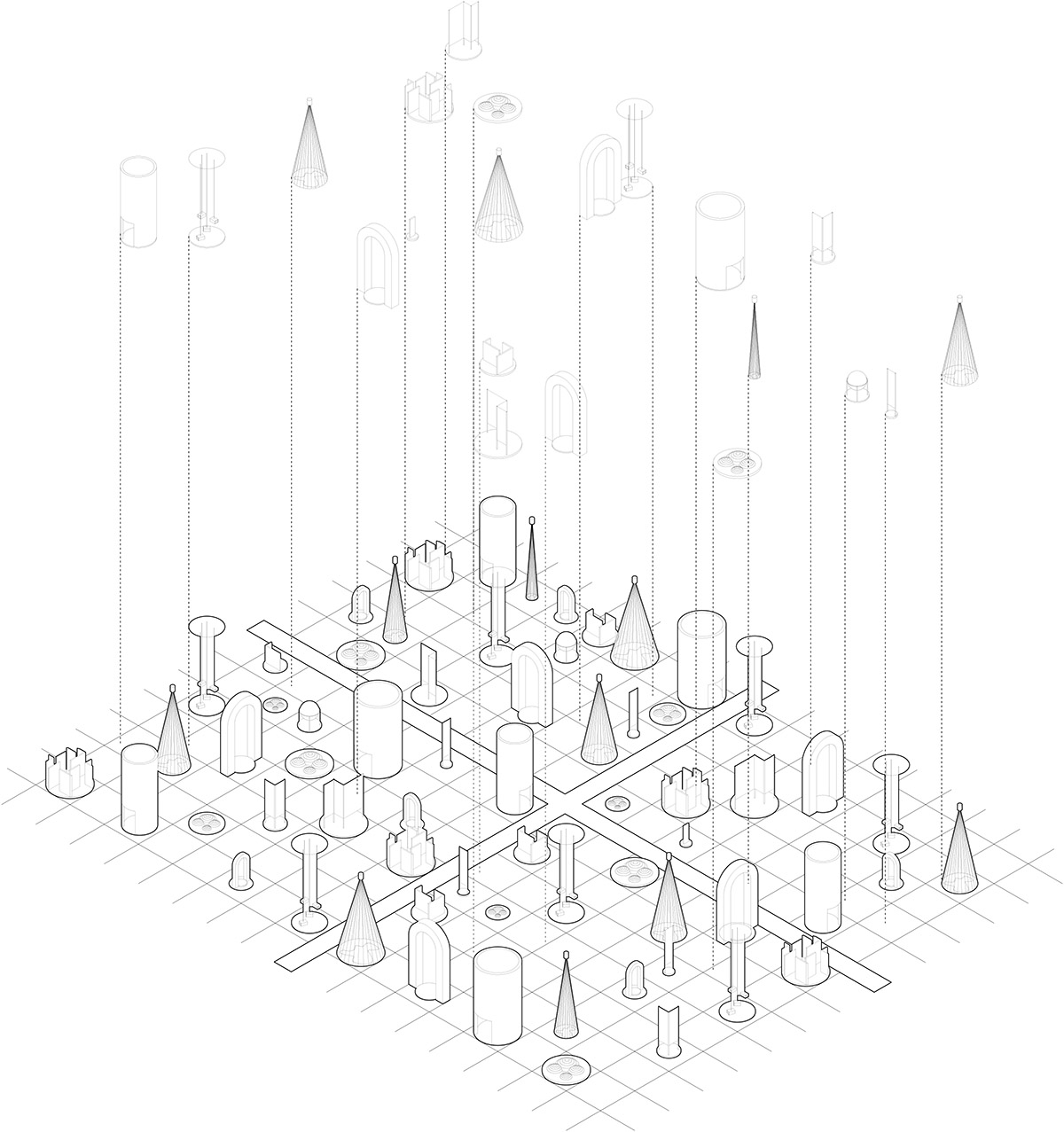
Image © Dominique Perrault Architecte/adagp
SBAU2021 will be divided into five sections
As published in WAC's previous article, the biennale will be divided into five sections, each corresponding to an exhibition, associated with events and meetings, via on-site or online conferences.
The "Thematic" and "Cities" exhibitions will be held together for the first time in the Dongdaemun Design Plaza (DDP), an emblematic building in the city of Seoul, built by Zaha Hadid Architects. These two sections will form the main exhibition of the Biennale.
The "Guest Cities" exhibition will be a selection of invited cities will present their projects related to the SBAU2021 theme in the Seoul Hall of Urbanism & Architecture (SHUA). While the "Global studios" exhibition will offer a space to present projects resulting from university research. In this section, the works will take the form of pavilions, selected through a call for proposals addressed to universities around the world. These pavilions will also be exhibited in the DDP.
The "Seoul" exhibition will present innovative architectural and urbanism projects developed in the South Korean metropolis and will be held in the "Seoul Hall of Urbanism & Architecture" (SHUA). And lastly, the "Live Projects" exhibition will bring together experimental projects associated with public events, workshops and debates at the Sewoon Plaza, a building located halfway between the two main sites of the Biennale, the DDP and the SHUA.
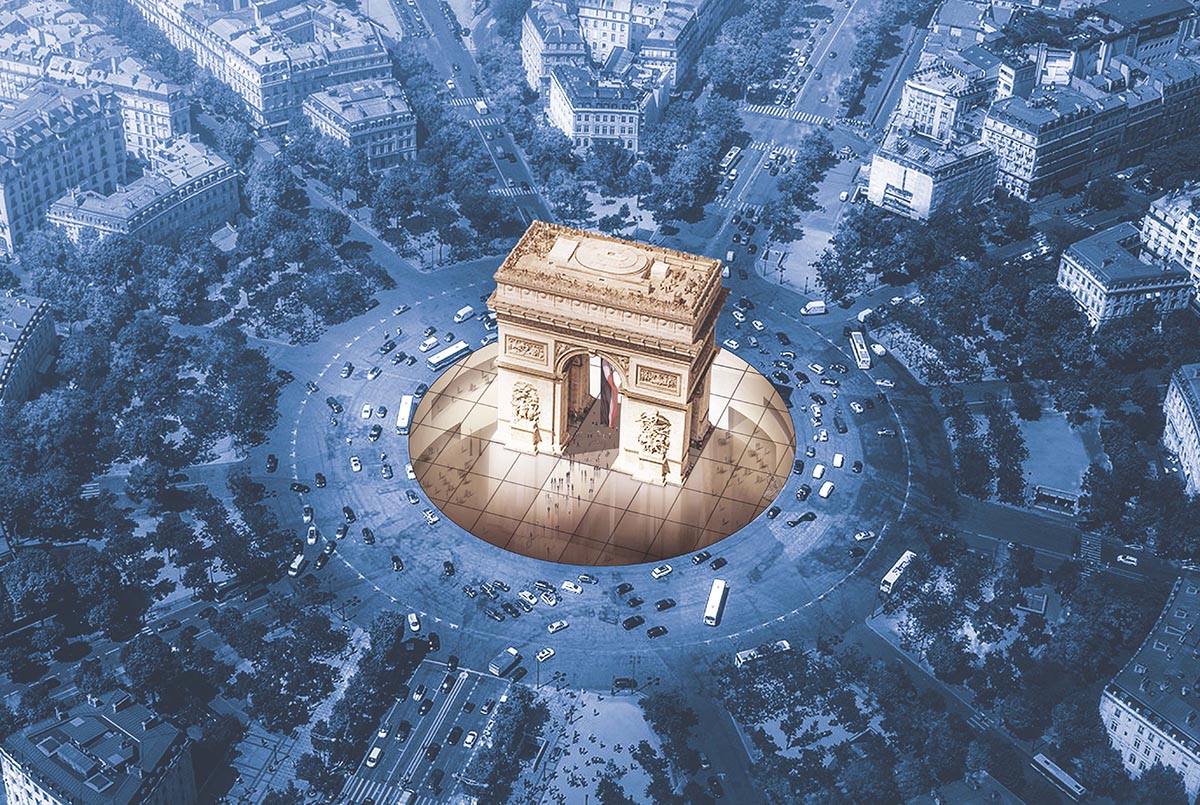
ARCHITECTURE/ INFRASTRUCTURE. Arc de Triomphe Fiction. Image © Seoul Biennale of Architecture and Urbanism 2021
Aires Mateus e Associados, Toyo Ito & Associates, Carlo Ratti Associati, Ahmed Hossam Saafan, Lucy & Jorge Orta, David Chipperfield Architects, SANAA, Elemental, Landprocess, Bjarke Ingels Group, Kengo Kuma & Associates, Renzo Piano Building Workshop were named among contributors to SBAU2021.
The exhibition design is arranged on the two levels, with ramps of the Dongdaemun Design Plaza and is developed with the Studio Unravel, will evoke the board of a chess game, in which the defined squares will constitute the exhibition spaces.
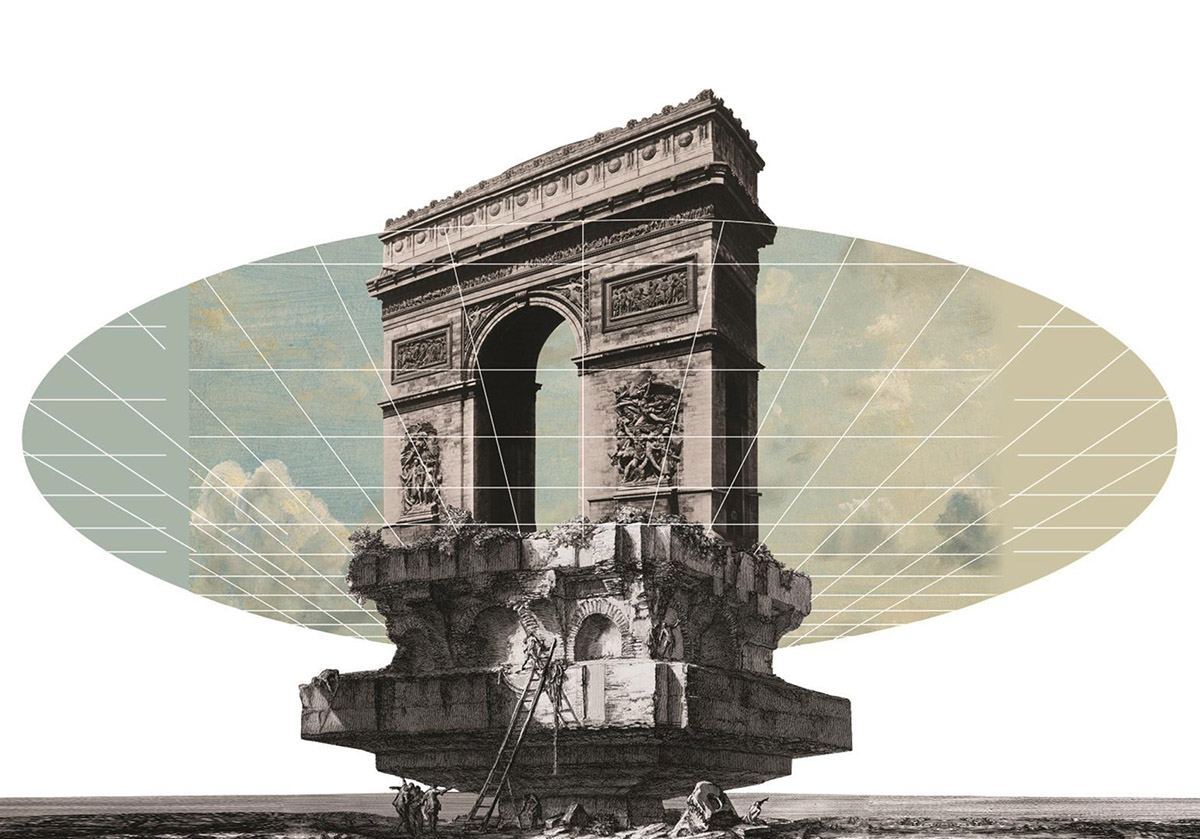
SAFE / RISK. Image © Seoul Biennale of Architecture and Urbanism 2021
The installations will take place in the grid. Each exhibition perimeter will host an installation, contributions of different types or forms. They will be associated with installations named "Urban Ready Made", punctuating the visitor's path in order to provide complementary services (welcome desk, relaxation area, forum, meeting point, etc.).
The exhibition, deployed throughout the ramps as well as on the lower floor will showcase different types of projects and designers, through a scenography in the form of "constellations", in search of a definition of resilience under the thematic spectrum of the five crossroads:
- CROSSROAD 1: ABOVE / BELOW
- CROSSROAD 2: HERITAGE / MODERN
- CROSSROAD 3: CRAFT / DIGITAL
- CROSSROAD 4: NATURAL / ARTIFICIAL
- CROSSROAD 5: SAFE / RISK
The exhibition 'Cities' ends in a room dedicated to the latest crossroad "SAFE/RISK". At the heart of the space are placed eight "refuges" of the Global Studios section, and the projects and research of some forty universities around the world on this theme.
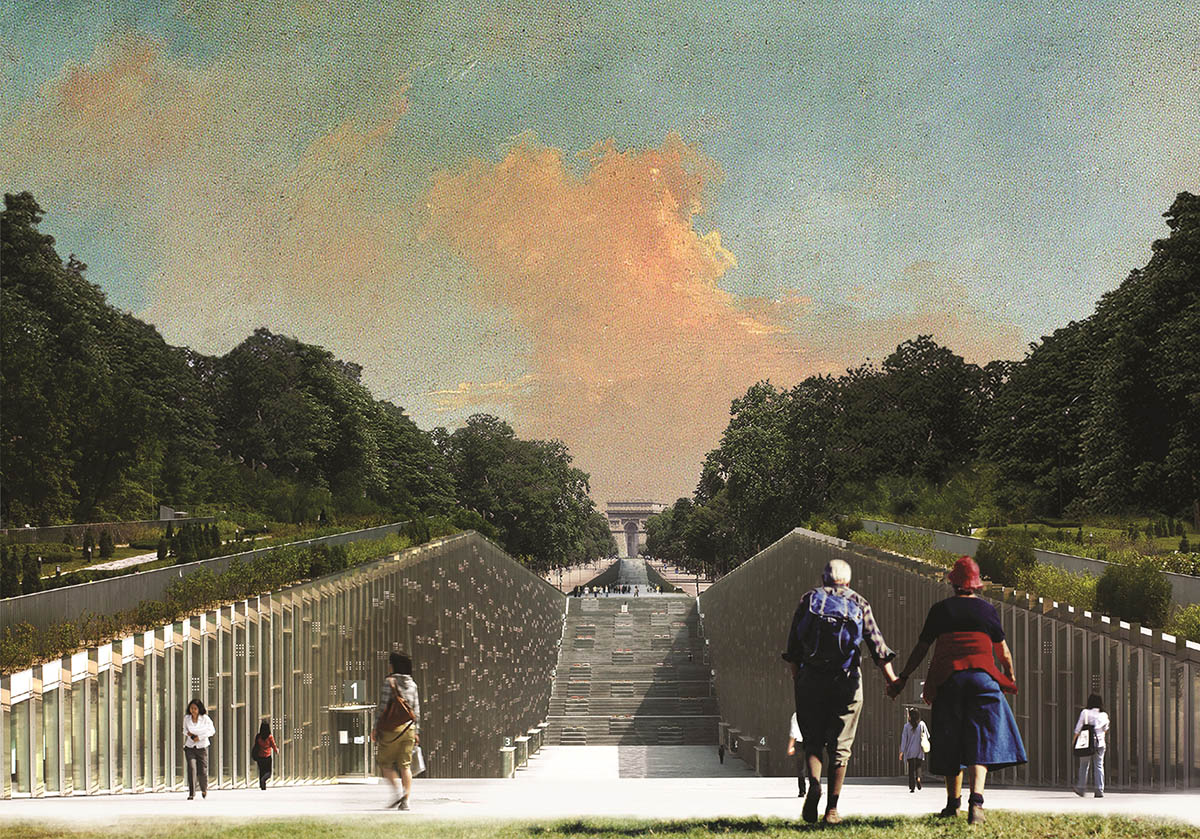
NATURAL / ARTIFICIAL. Image © Seoul Biennale of Architecture and Urbanism 2021
The Seoul Biennale will bring together more than 200 participants, through its various exhibitions, 20% of whom are Korean architects. The participants will be of very varied profiles, young architects, researchers, urban planners, or recognized personalities, including several Pritzker laureates.
The Seoul biennale will present projects from more than 100 cities around the world, from five continents. Within the main exhibition of the biennale, 25% of the represented cities will be asian, 35% european, 40% from the rest of the world.
In order to reflect the widest possible geographical variety and young creation, the Seoul Biennale launched for the first time an international call for projects to identify the works that will be presented in the biennale's main exhibition.
This call for contributions was addressed to architects, urban and landscape planners, but also to all designers and organizations that contribute to the making of cities and metropolises. After a first jury, 117 proposals were "shortlisted". A second jury refined this selection in order to finalize a list of about 60 selected contributors.
In addition to this call for projects, a selection process by direct invitation was also carried out, to reach a total of 105 participants in this section.
Top image courtesy of SBAU2021.
> via SBAU2021
